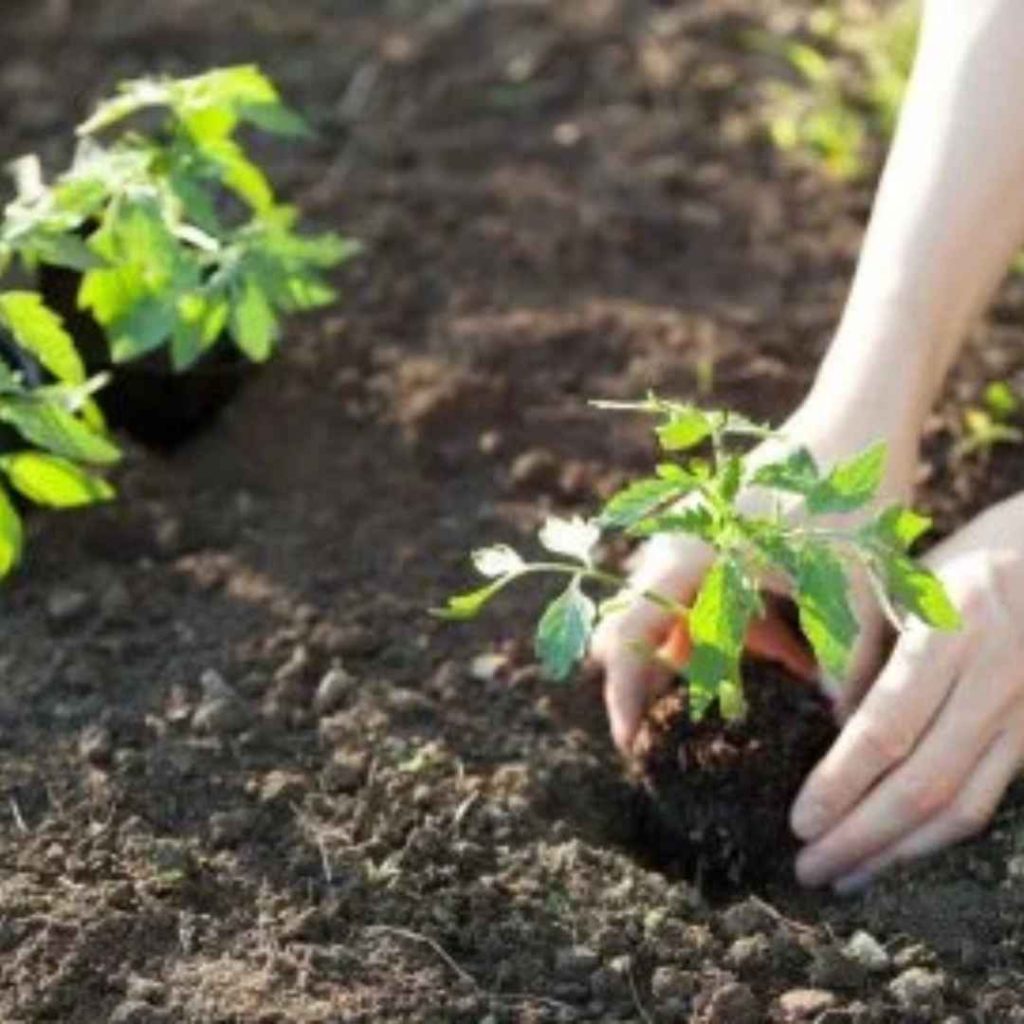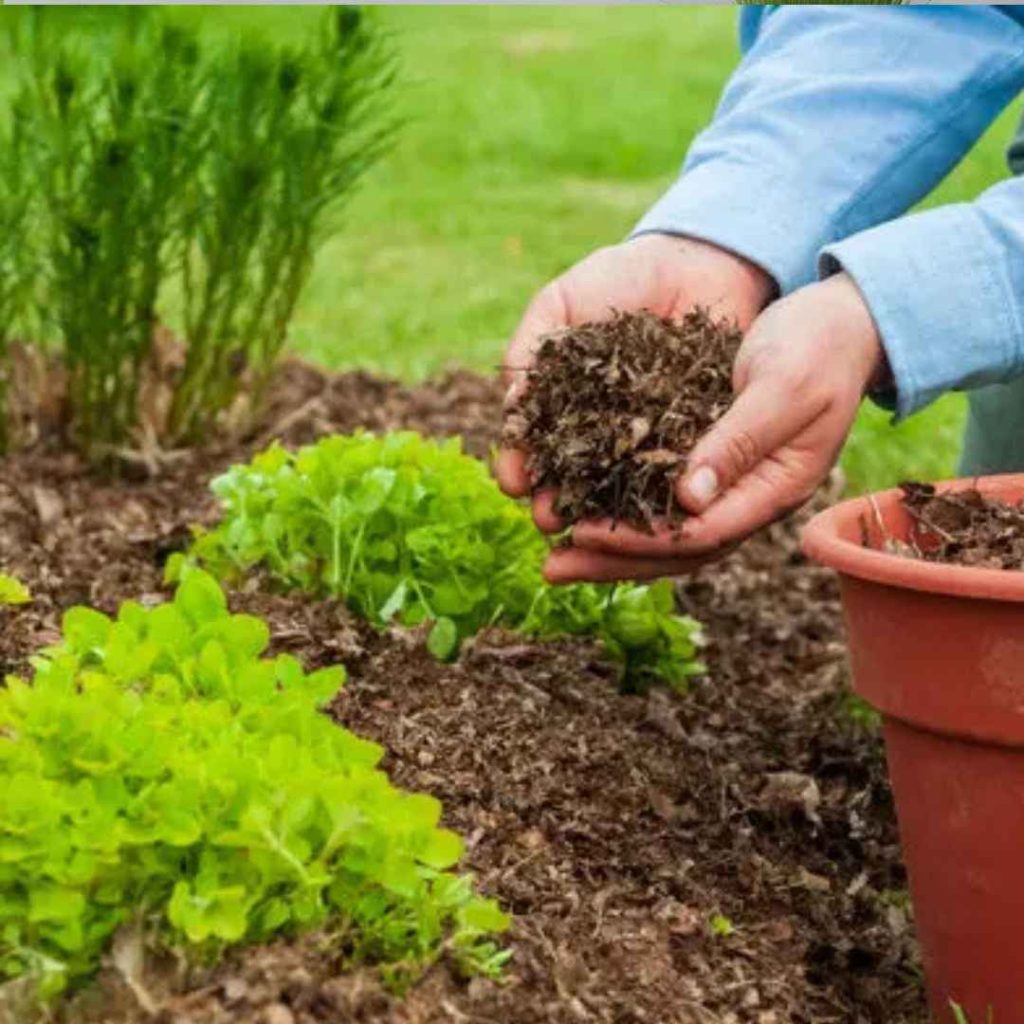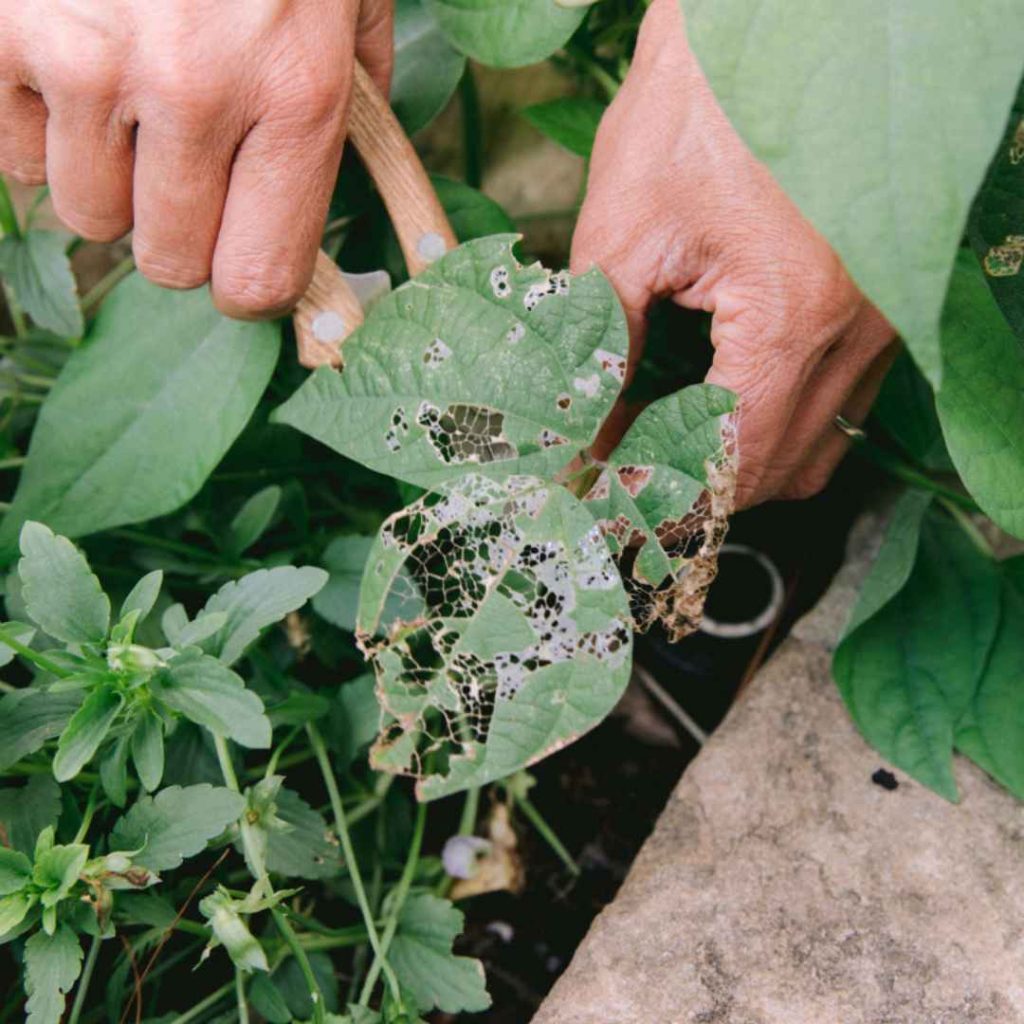Spring is here, so why not give gardening an attempt? Before anything first, decide what kind of landscape you want to plant: a plot for vegetables or a herb yard?
If preparing meals healthfully is your primary objective, these can be extremely satisfying. Alternatively, how about a blossoming garden? Flowers are believed to brighten and embellish the atmosphere, and the various scents are similar to aromatic therapy.
Fortunately the technique for growing a yard is identical irrespective of what you are sowing. But considering we want achievement for your first formal springtime landscape, we will incorporate the quickest plants to expand, whether it be vegetables, herbs or blossoms.
Here Are A Few Things To Think About:
Which veggies are the favorites in your household’s diet? It’s an excessive burden to be extravagant for your initial garden! But once you’ve made the decision to accept the task at hand, this is a factor to think about.
If blossoms are more your style, there are several items you should think about. To what extent are you eager to allocate the cash? This will influence some of the decisions you make about the kinds of blossoms you grow.
For instance, would you rather have your plants blossom for the majority of the summertime only to have to replant them every spring? Or would you rather have a brief bloom that comes back every year on its own merits? Along with which sort of material and available area, take into account the area’s lighting and shadowing.
Here Are Certain Actions To Get You Going:
1.

You should choose the appropriate location. The majority of fruits and veggies require six to eight hours of uninterrupted daylight each day. Rest assured that if you discover that your landscape is mostly shady; many plants thrive in this environment. For a plant to flourish, regardless of how it is a blossom or a vegetable, it needs a lot of lighting.
Plant if you can on flat ground. Steer clear of descends since maintaining a tilting garden is much harder.
Planting in a breeze region will damage developing plants, therefore avoid doing so.
Choose a location that is as close to water as you can make irrigation very simple.
Choose a location where you are able to examine your progress. This is an automatic indication to take steps to give irrigation and tend to your recently sprouted gardening.
2.

In the place where you wish vegetation, flatten the surface of the earth. Use a digging implement if there’s an opening beneath the turf. Slice it open and take it out.
3.

The moment has come to make the soil better. Your garden’s ability to succeed depends on its soil! Recall that the vegetation is going to develop more successfully in soil that is more rich.
This might not seem very appetizing to a novice landscaper, but this is the green goddess at her finest. Composting material, decomposing foliage, lawn clippings, and old fertilizer are the organic materials that you intend to add to the ground.
A mulch of two to three inches of composting should be added. If you depart the natural debris alone, it will finally decompose and turn into compost, which earthworms and other organisms will aggregate.
But, you may additionally buy already prepared biological soil enhancers or additives if you are not inclined to make a homemade composting.
Your dirt becomes healthy when you add these modifications because they begin to break down and offer vital minerals and microorganisms that your soil requires to grow. Additionally, it strengthens the soil’s consistency and guards regarding shortages like excessive ph.
A further piece of advice is to begin tiny when planting an outdoor space.
4.

The earth needs to be worked. This facilitates the process of preparing fresh planting sites by allowing its origins to easily permeate the substrate and absorb water and nutrient content, all of which are critical to the development of the vegetation. The optimal approach is to excavate only while the soil is damp.
5.
Choose your vegetation carefully. Ensure that the crops you choose are suitable for your local soil, environmental conditions, and amount of exposure your garden can supply. Here are some simple plant varieties that anybody can cultivate:

Veggies: Growing leafy greens, tomatoes, bell peppers, and radishes is fairly simple. An expression of caution: you don’t want to allow them to get too huge. In addition to the fact that larger squash tend to possess lower nutrients, we have witnessed squash that were so enormous that they were hard to chop.
There are no competitions to enter to win a gigantic cucumber!
Annual Crops: Keep in mind that although they require springtime transplanting, these kinds of flowering blossom for the majority of the summertime. Calendula, cosmos, roses, sunflowers, marigold flowers, orchids, and impatiens are examples of frequently encountered perennial plants.
Perennials: Although they don’t appear for very long, they come back year after year, so you won’t need to replace them in the new season. These consist of daylilies, purple cone-flowers, black-eyed Susan’s, flowering pansies, and phlox.
6.

Go ahead and plant right away! Verify that you have devoured the specifications regarding sowing depth, positioning, and duration. Moreover, confirm that planting occurs after any risk of frostbite has vanished.
significant large box retailers and many greenhouses have receptacles specifically designed for sprouts with nutritious combinations of soil for grain beginning if you’re looking to obtain an immediate beginning.
You may get these originated by putting them indoors under growing lamps or on an opening ledge in direct sunlight. Fresh vegetation that are prepared for transplanting is also available.
7.

Not excessive amounts of fluids, though! Little seedlings need to be irrigated every day and should never be permitted to drip out. You can relax off on the vegetation as they become bigger, but ensure that the origins are effectively entrenched. Earlier in the dawn is a great moment to irrigate.
8.

For safeguarding, use compost; it assists keeping humidity in and invaders out. Applying a layer of mulch, approximately two inches thick, will shield the substrate from sunshine, reducing the need for frequent watering of the vegetation.
Use biological compost, such as composting, bark, or cocoa legume shells, as these materials will release nourishment into the soil during their decomposition. Timber chips are a fantastic fertilizer for annuals; choose a compost that will break down in a couple weeks if you’re planting a veggie landscape or an ornamental plot.
9.

Aquaculture your landscaping, pick invasive plants, remove any decaying foliage, and prevent insects from departing from your crops to ensure proper garden maintenance.
When your vegetables have been prepared, be sure to collect them and apply compost if needed. For additional details, get in touch with your local horticultural department.
10.
Just keep in mind that landscaping has many benefits. Two brief remarks regarding medicinal products: They are more straightforward to develop—they can be planted indoors on an opening sill—but they still require the identical care as veggies and blooming flowers.
The optimum time to collect herbs is before sunrise in the early hours, shortly prior to their blossom.
You may extend your daily existence and add years to it by landscaping, whether you do it in the springtime or at any other moment of the year. Have fun!
